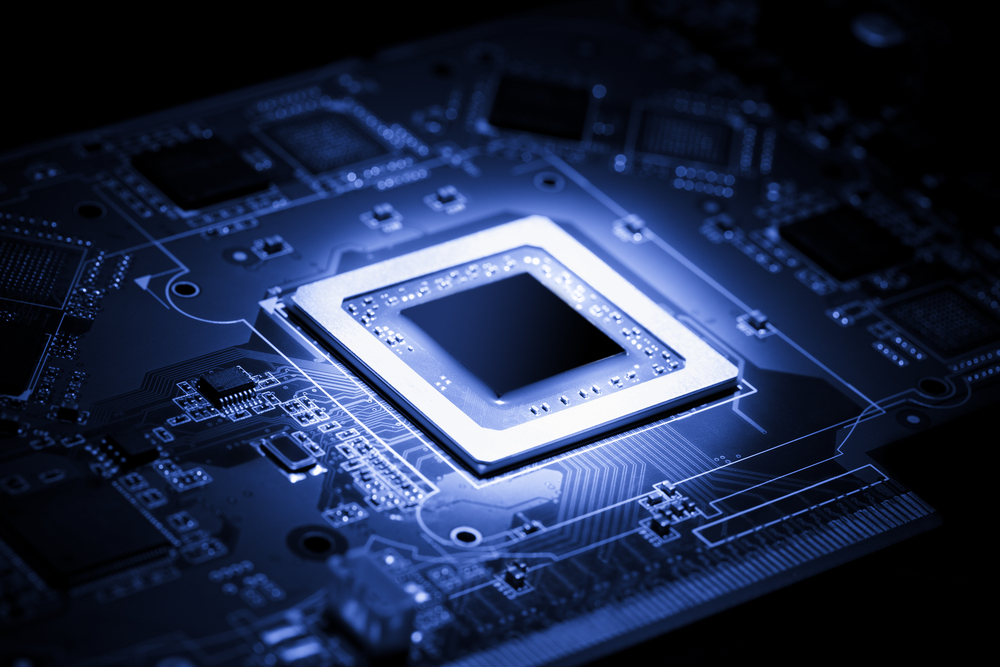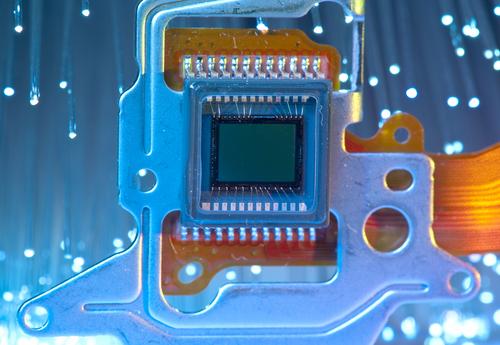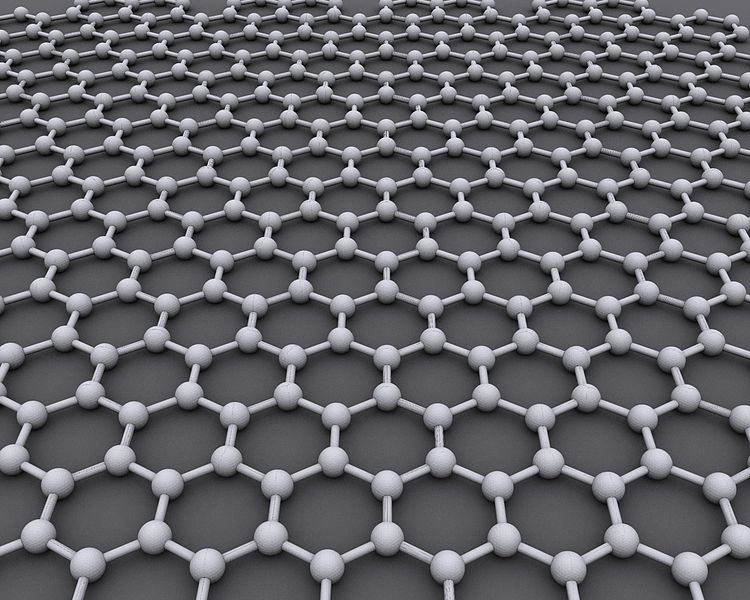Moore’s Law Maintained by 3D Computer Chip

What’s the Latest Development?
Intel has created a commercial computer chip which runs 37% faster than previous chips and matches their processing power using half the energy. Called Ivy Bridge, the chip maintains a trend known as Moore’s Law which has predicted the doubling of computer power every two years, achieved by the doubling of transistors, since 1975. “Transistors on an Ivy Bridge processor are packed roughly twice as densely as in the most recent line of Intel chips, with 1.4 billion on a 160 square millimeter die instead of 1.16 billion on a 212 square millimeter die.” Features on the chip are as small as 22 nanometers across.
What’s the Big Idea?
To maintain Moore’s Law, Intel had to substantially redesign the transistor, the tiny electronic switches that make up a computer chip. Previously, packing transistors into a tighter arrangement caused them to leak, meaning the chip would overheat. This led many to predict to the end of Moore’s Law and the end of consumers’ expectations for ever-faster computing. “Intel got around that by adding an extra dimension to transistors, which for decades have been made as a stack of flat layers of material on top of one another.” The company is already at work on a chip with smaller features, scheduled for production by 2014.
Photo credit: Shutterstock.com





